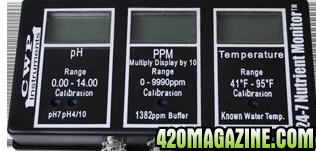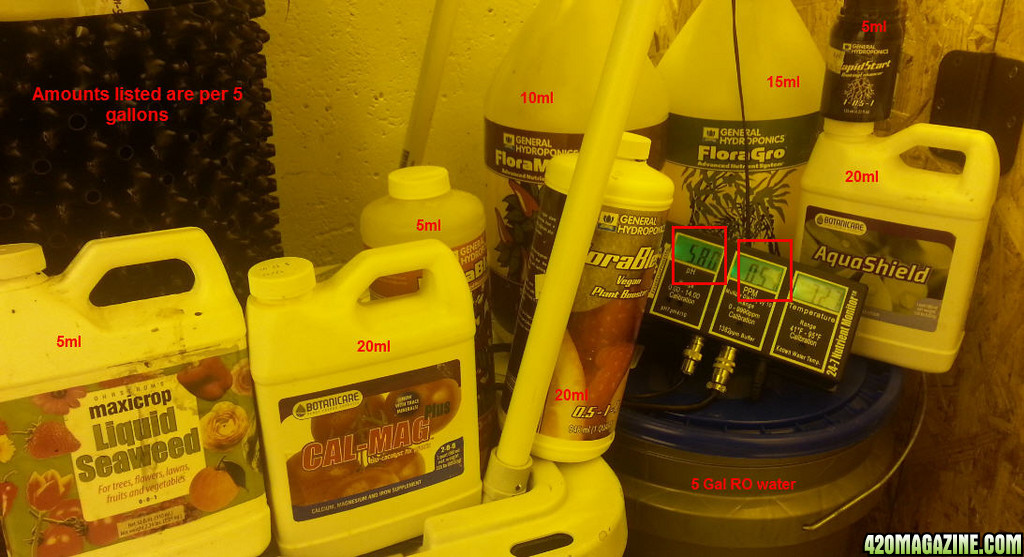Jessie here! If you've been reading any of my posts, you've seen the fantastic growth and yields I've been getting with Ebb and flow buckets. Now, I'm simplifying it even more, with Top Feed To Waste.
What is top feed to waste?
Top feed is one of the most simple forms of hydroponic growing. "Top feed" can be as simple as watering plants by hand, or, can be automated with a small water pump on a timer. "To Waste" aka "drain to waste" means, we won't RE-USE the water; we let it go down the drain. The advantages to drain to waste are, we constantly water our plant with premium, bacteria free, ph adjusted water. There is less chance for root disease, less chance for PH drift, and less chance for deficiencies. NO need for chiller, no sprayers to get clogged, the list goes on and on.
Intro:
I started a few years ago growing Hydro. I thought I needed the BEST! I had so much sh_t running in the grow room, it practically vibrated the house. Over time I have learned how to simplify the process, without sacrificing quality or quantity. In fact, I'm growing bigger than I ever have, and I'll show you how I do it.
I've done may types of hydro looking for the fastest growing set up. I have an attic full of hydro equipment I don't use. I will quickly tell you what I've tried, and pros and cons for each.
bio buckets
PROS: Nice, DWC or better growth
CONS: Your grow room will sound like the fountain at the Bellagio. (leaks, loud, and complicated), plumbing everywhere
RDWC (recirculating deep water culture)
PROS: Amazing growth
CONS: Prone to pythium / root rot, plan on a large LOUD air pump for each container, hoses everywhere, chance for leaks, need chiller to keep water at 70, need battery back up in case of power outage, expensive to change nutrients due to large water volume
Aeroponics
PROS: Explosive growth, uses less water that RDWC or ebb and flow
CONS: Water pumps running 24/7 heat up water, demanding need for chiller. You might be able to get away with 75 degree water during veg, but eventually that water will be too warm for flower, putting you at risk for root diseases, loud water pumps, sprayers getting clogged, complicated plumbing unless you buy a pre-fab, subject to power failures / need battery backup
If you're doing one of the three above methods, you won't want to go on vacation more than a day without checking your grow. And if you do, you will need to take a friend thru a 2 week training course to teach him how to take care if something goes wrong.
Now we get a bit simpler:
ebb and flow
PROS: DWC comparable growth rates, less risk of root diseases than aero or dwc, flooding completely saturates the growing medium, giving roots no dead spots in the pot, uses some plumbing, but not complicated, no need for chiller, not affected by power outages, quiet, no air / water pumps running constantly.
CONS: Uses large amount of water
In this pic you can see I'm using a 10gallon flood container, with the plant in a 7 gallon nursery pot. For a full article on how to grow using this, check out my signature.
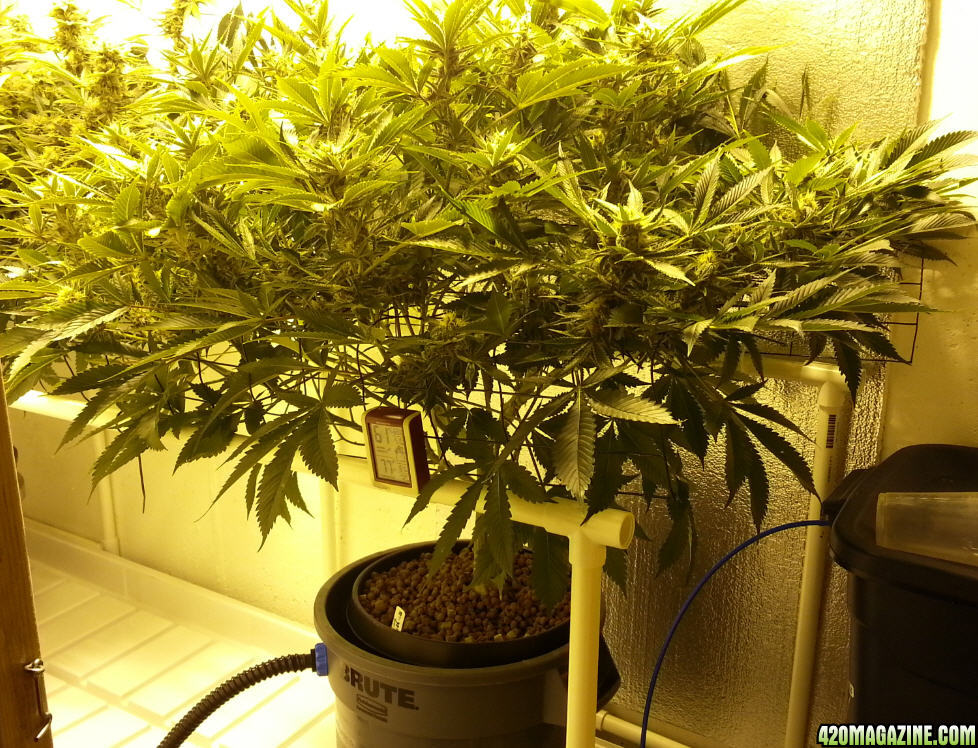
I've done all these methods with success in each, and trust me, I have made my fair share of mistakes. After this, I analyzed it all, to decide what method gives ME the most yield, with least amount of problems, and best return on investment for both money and effort spent. I have been doing ebb and flow in buckets (see my signature) for some time now. Now, I'm trying Top Feed, and I'm going to do it here with you.
Top Feed to waste
PROS: DWC comparable growth rates if done correctly, almost NO risk of root diseases, inexpensive, uses simple plumbing, easy to set up, no need for chiller, not affected by power outages, quiet, no air / water pumps running constantly, leave your grow for a week or more without worry
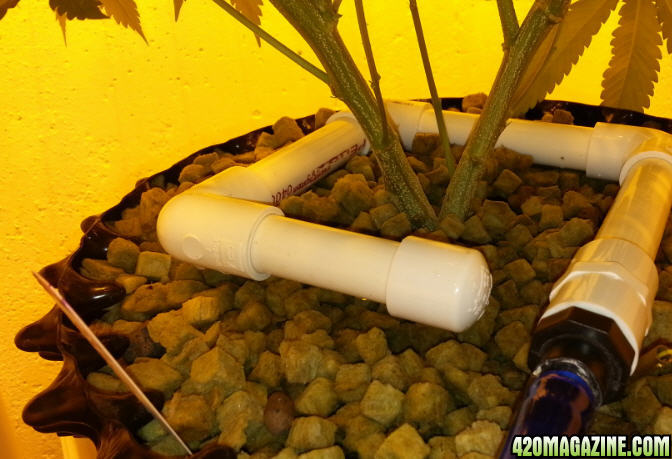
What I've Learned
When I was a teen ager, I wanted that new Gibson Guitar so bad! And my dad told me, "Son, it's 10% guitar, 90% player." It's the same with growing. 10% equipment, 90% grower. You won't be mr ganja, just because you bought that $1000 aero setup. The equipment is only a small piece of the of the entire operation.
You don't think "Top feed" is "fancy" enough for you? You don't think "top feed" will give a great yield? Stick around and I'll show you how I do it, with one the most simple hydroponic methods.
PS, this is my first Top Feed grow so I don't know what to expect either ;-)
As always, thanks for checking out my articles. I am here to learn. Questions and constructive comments welcome. I will be starting the process in my next post. We will cover vegetative growth and flowering, topping, fimming, lst, and more, to get the maximum yield from a single monster plant.
What is top feed to waste?
Top feed is one of the most simple forms of hydroponic growing. "Top feed" can be as simple as watering plants by hand, or, can be automated with a small water pump on a timer. "To Waste" aka "drain to waste" means, we won't RE-USE the water; we let it go down the drain. The advantages to drain to waste are, we constantly water our plant with premium, bacteria free, ph adjusted water. There is less chance for root disease, less chance for PH drift, and less chance for deficiencies. NO need for chiller, no sprayers to get clogged, the list goes on and on.
Intro:
I started a few years ago growing Hydro. I thought I needed the BEST! I had so much sh_t running in the grow room, it practically vibrated the house. Over time I have learned how to simplify the process, without sacrificing quality or quantity. In fact, I'm growing bigger than I ever have, and I'll show you how I do it.
I've done may types of hydro looking for the fastest growing set up. I have an attic full of hydro equipment I don't use. I will quickly tell you what I've tried, and pros and cons for each.
bio buckets
PROS: Nice, DWC or better growth
CONS: Your grow room will sound like the fountain at the Bellagio. (leaks, loud, and complicated), plumbing everywhere
RDWC (recirculating deep water culture)
PROS: Amazing growth
CONS: Prone to pythium / root rot, plan on a large LOUD air pump for each container, hoses everywhere, chance for leaks, need chiller to keep water at 70, need battery back up in case of power outage, expensive to change nutrients due to large water volume
Aeroponics
PROS: Explosive growth, uses less water that RDWC or ebb and flow
CONS: Water pumps running 24/7 heat up water, demanding need for chiller. You might be able to get away with 75 degree water during veg, but eventually that water will be too warm for flower, putting you at risk for root diseases, loud water pumps, sprayers getting clogged, complicated plumbing unless you buy a pre-fab, subject to power failures / need battery backup
If you're doing one of the three above methods, you won't want to go on vacation more than a day without checking your grow. And if you do, you will need to take a friend thru a 2 week training course to teach him how to take care if something goes wrong.
Now we get a bit simpler:
ebb and flow
PROS: DWC comparable growth rates, less risk of root diseases than aero or dwc, flooding completely saturates the growing medium, giving roots no dead spots in the pot, uses some plumbing, but not complicated, no need for chiller, not affected by power outages, quiet, no air / water pumps running constantly.
CONS: Uses large amount of water
In this pic you can see I'm using a 10gallon flood container, with the plant in a 7 gallon nursery pot. For a full article on how to grow using this, check out my signature.

I've done all these methods with success in each, and trust me, I have made my fair share of mistakes. After this, I analyzed it all, to decide what method gives ME the most yield, with least amount of problems, and best return on investment for both money and effort spent. I have been doing ebb and flow in buckets (see my signature) for some time now. Now, I'm trying Top Feed, and I'm going to do it here with you.
Top Feed to waste
PROS: DWC comparable growth rates if done correctly, almost NO risk of root diseases, inexpensive, uses simple plumbing, easy to set up, no need for chiller, not affected by power outages, quiet, no air / water pumps running constantly, leave your grow for a week or more without worry

What I've Learned
When I was a teen ager, I wanted that new Gibson Guitar so bad! And my dad told me, "Son, it's 10% guitar, 90% player." It's the same with growing. 10% equipment, 90% grower. You won't be mr ganja, just because you bought that $1000 aero setup. The equipment is only a small piece of the of the entire operation.
You don't think "Top feed" is "fancy" enough for you? You don't think "top feed" will give a great yield? Stick around and I'll show you how I do it, with one the most simple hydroponic methods.
PS, this is my first Top Feed grow so I don't know what to expect either ;-)
As always, thanks for checking out my articles. I am here to learn. Questions and constructive comments welcome. I will be starting the process in my next post. We will cover vegetative growth and flowering, topping, fimming, lst, and more, to get the maximum yield from a single monster plant.



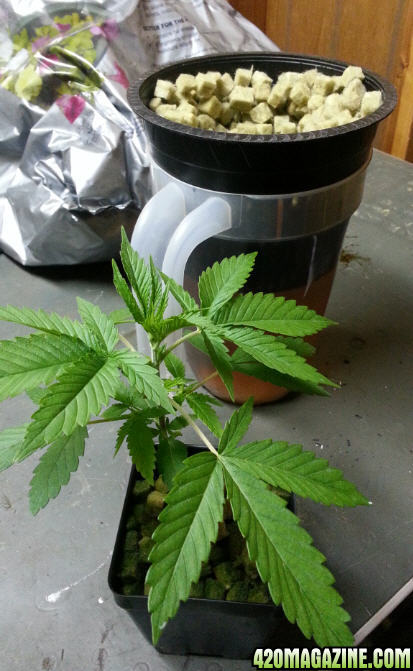
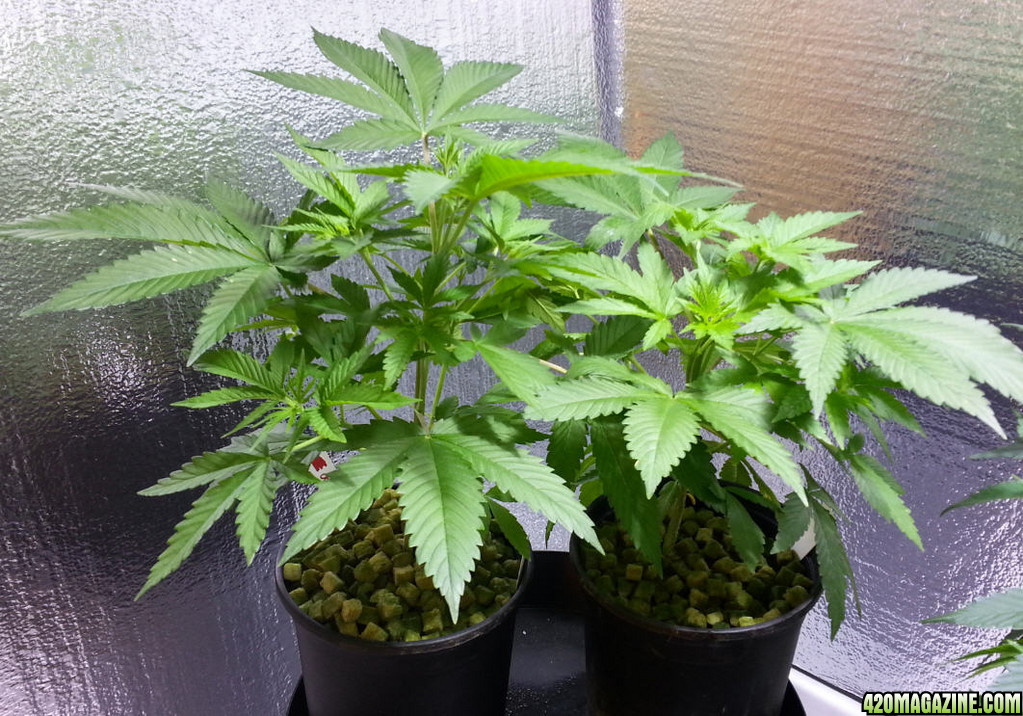



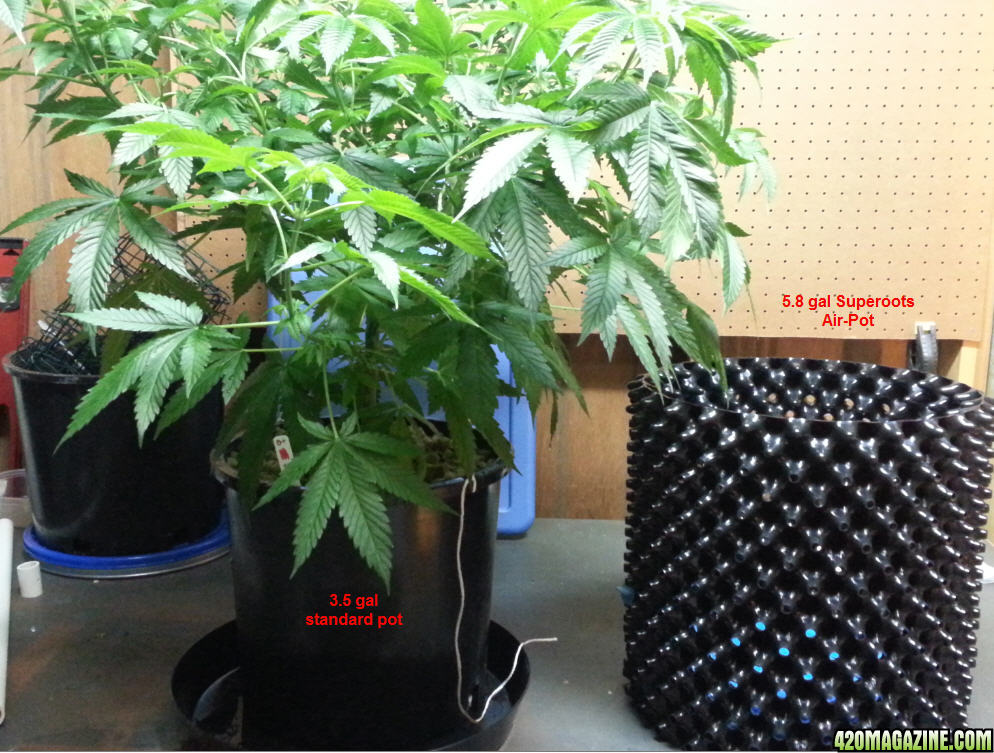
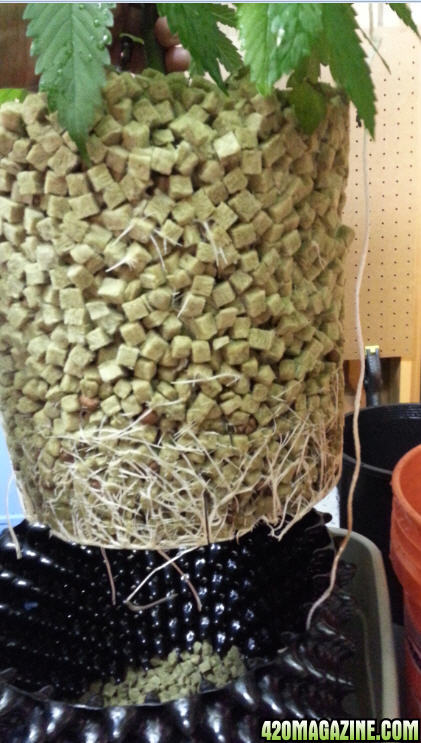
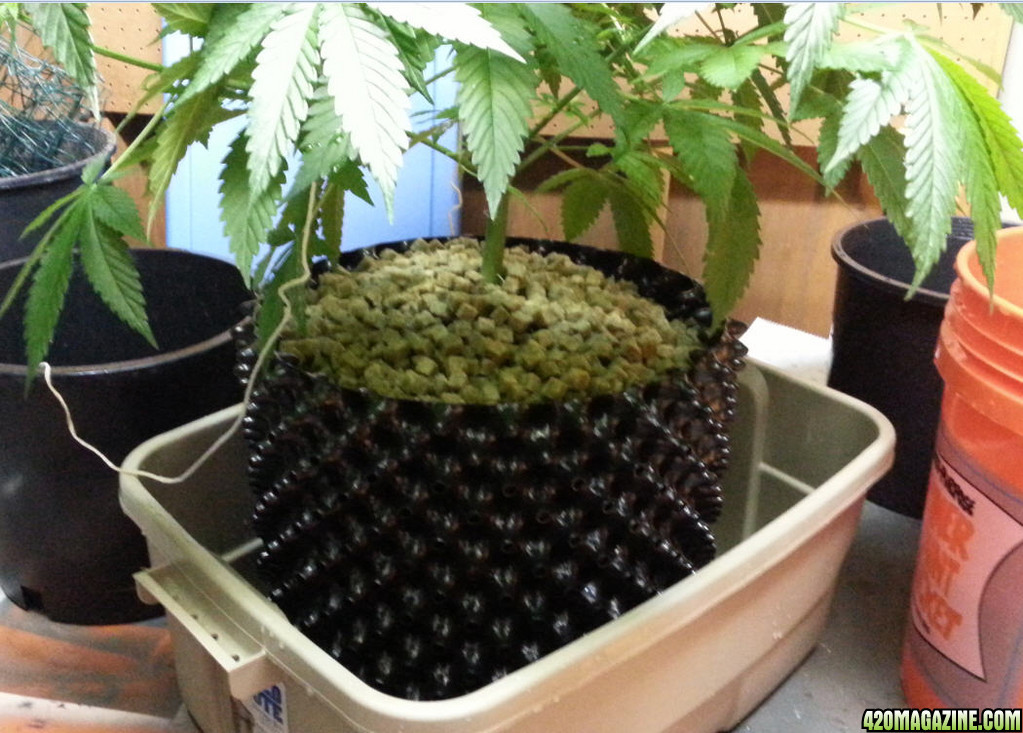
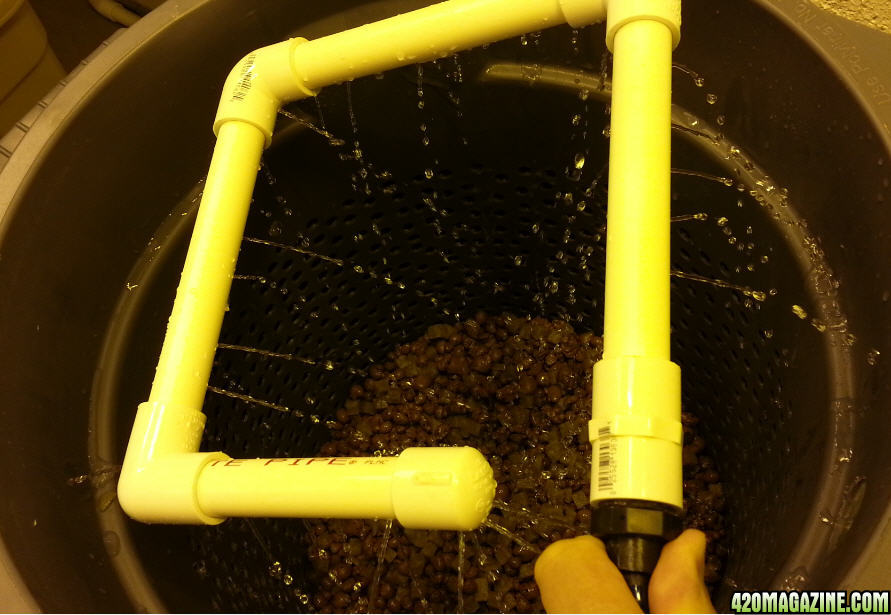
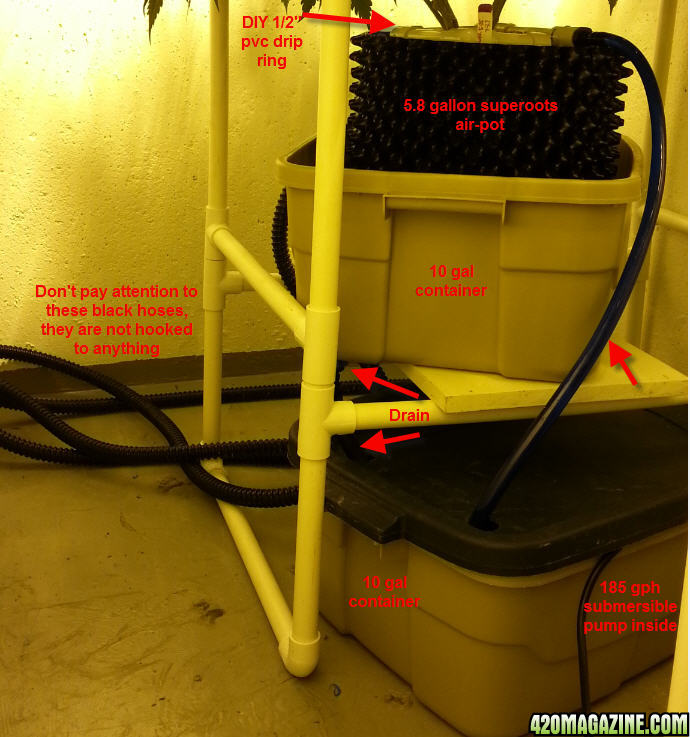
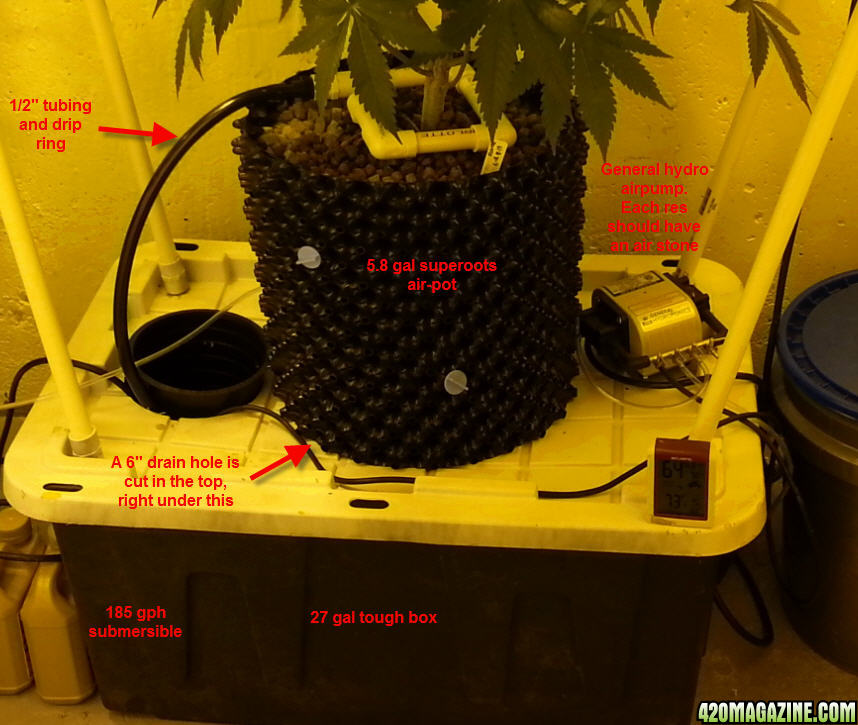
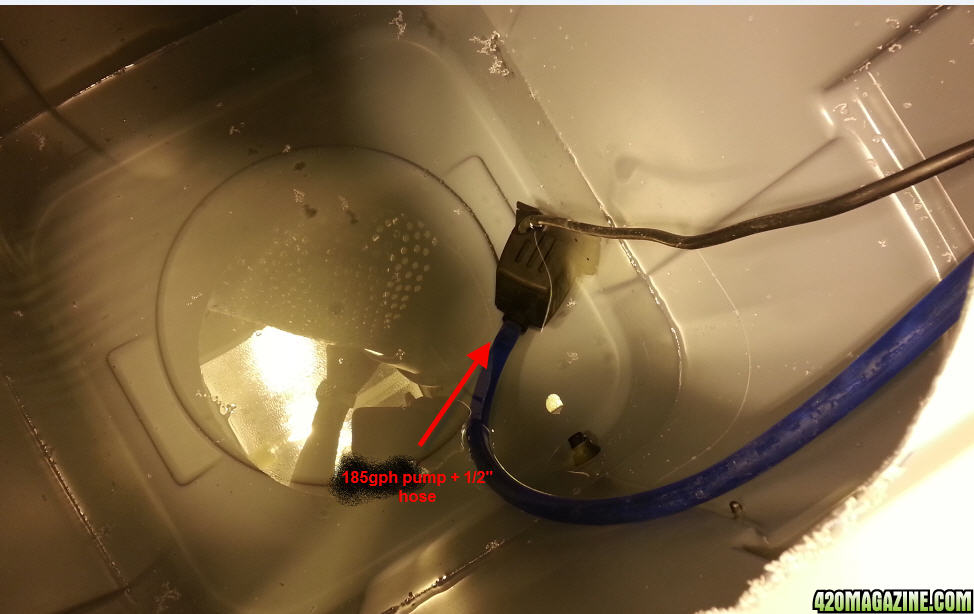
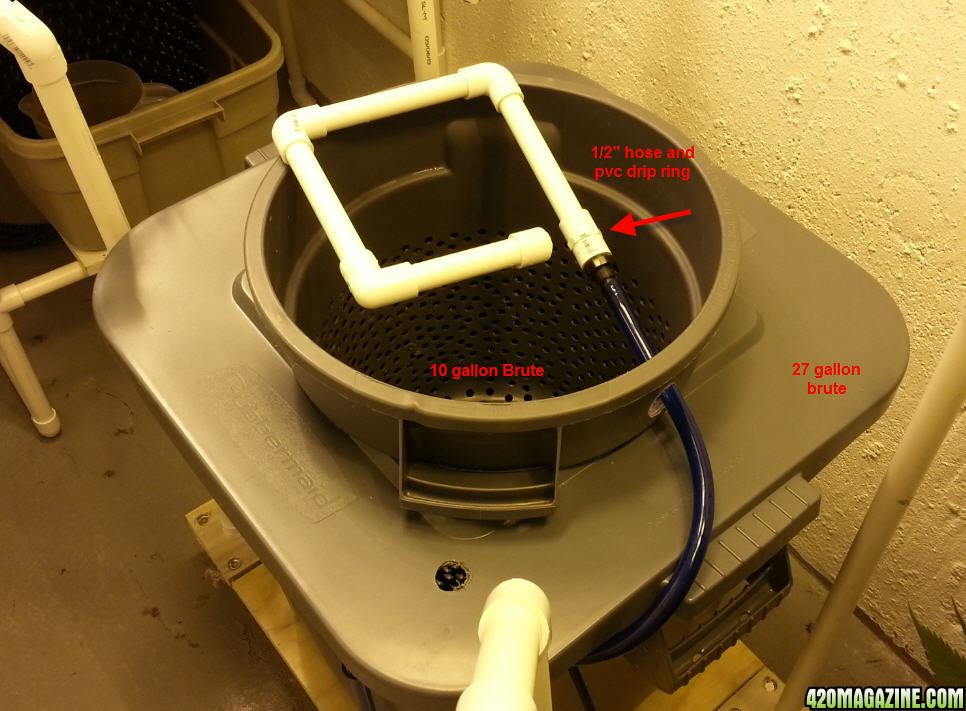
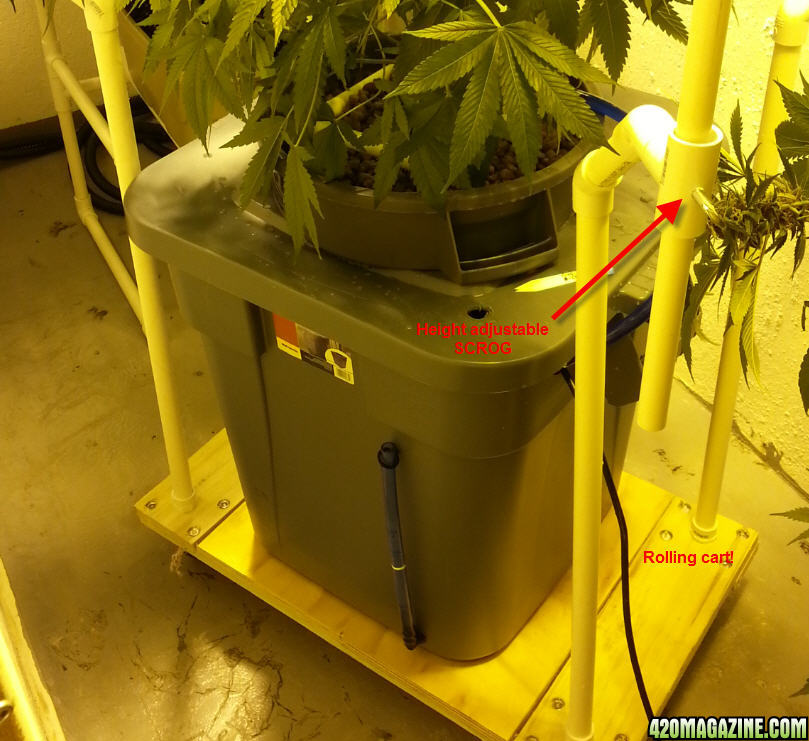
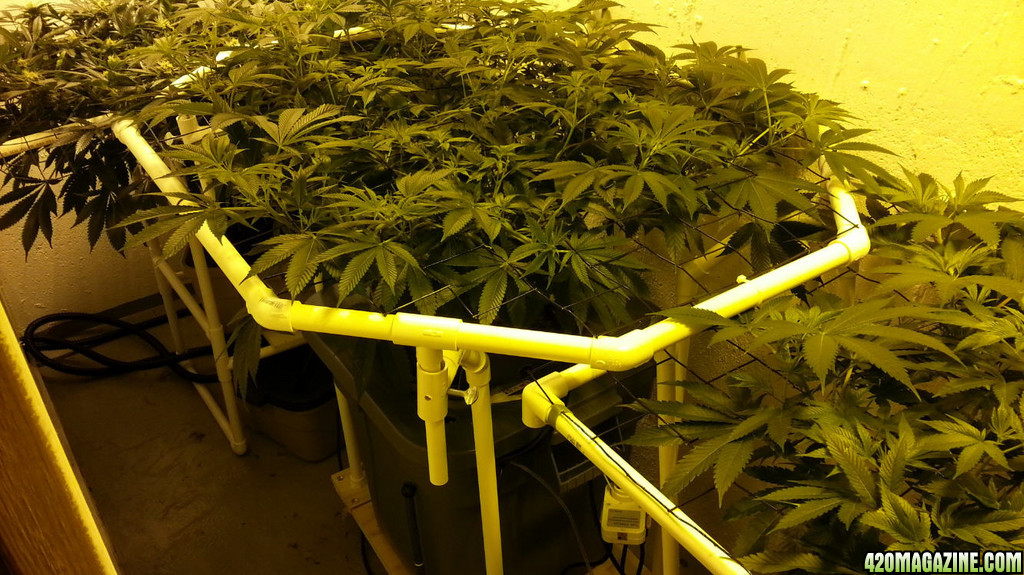

 CA215
CA215